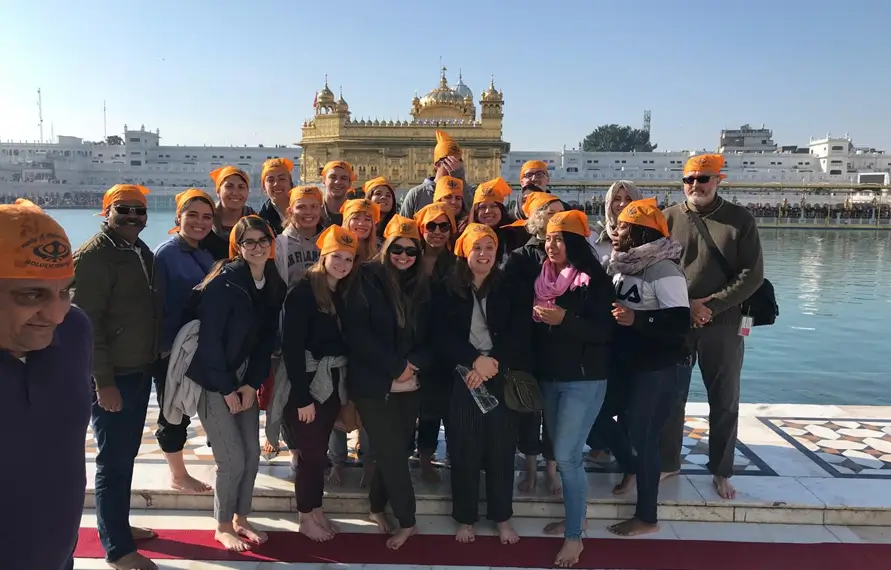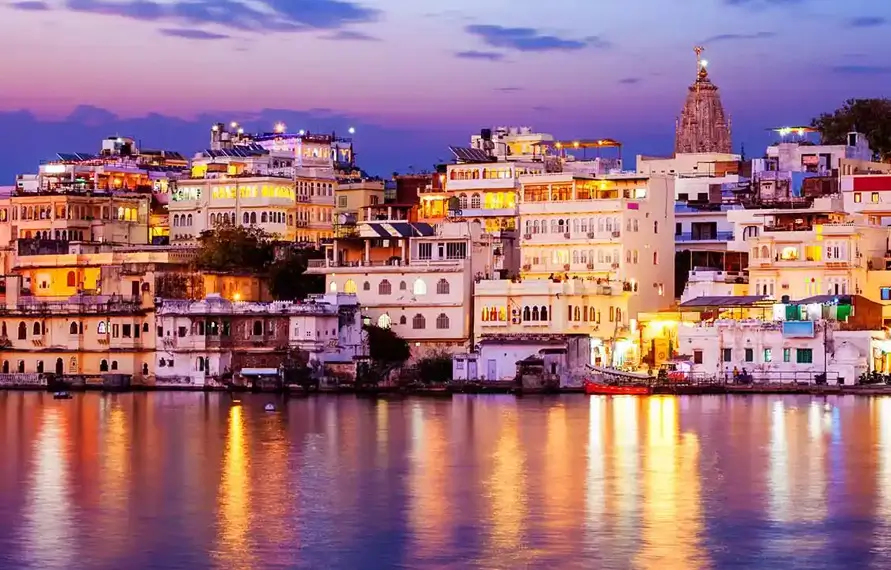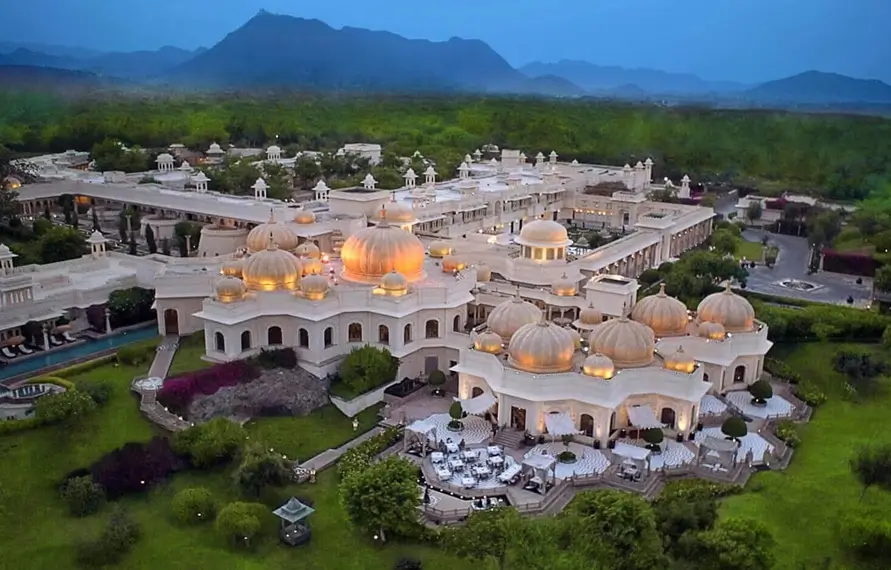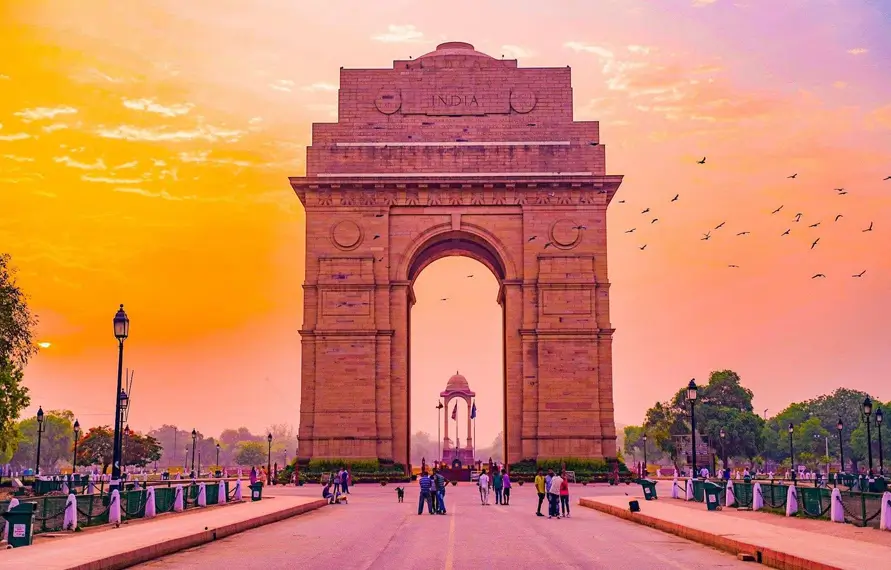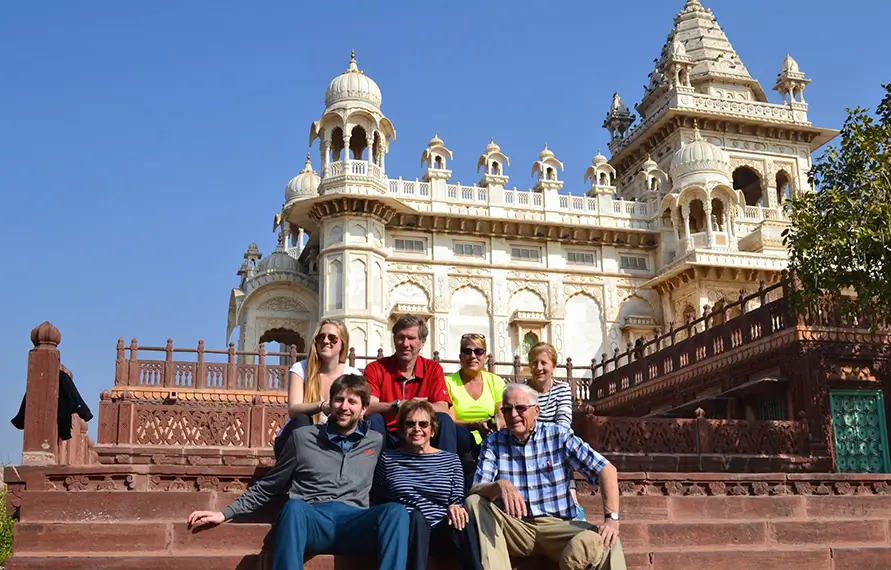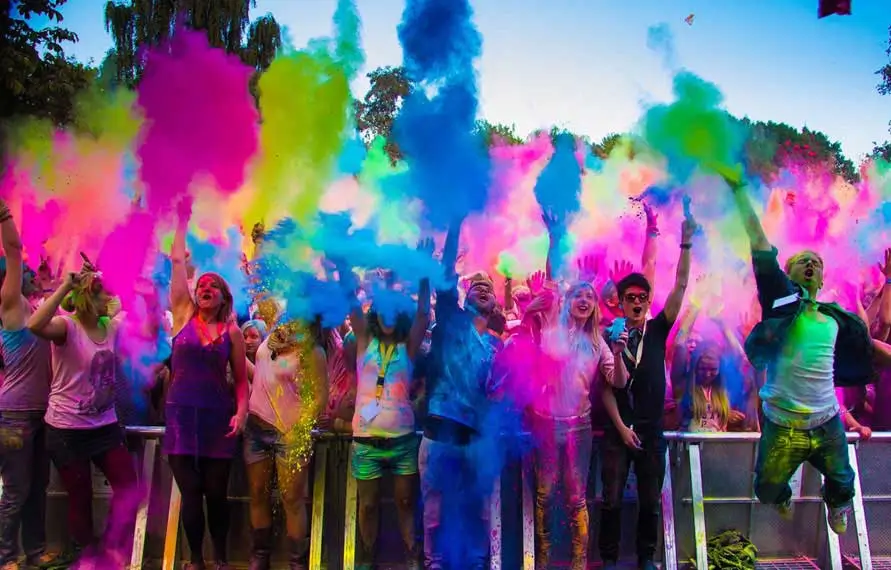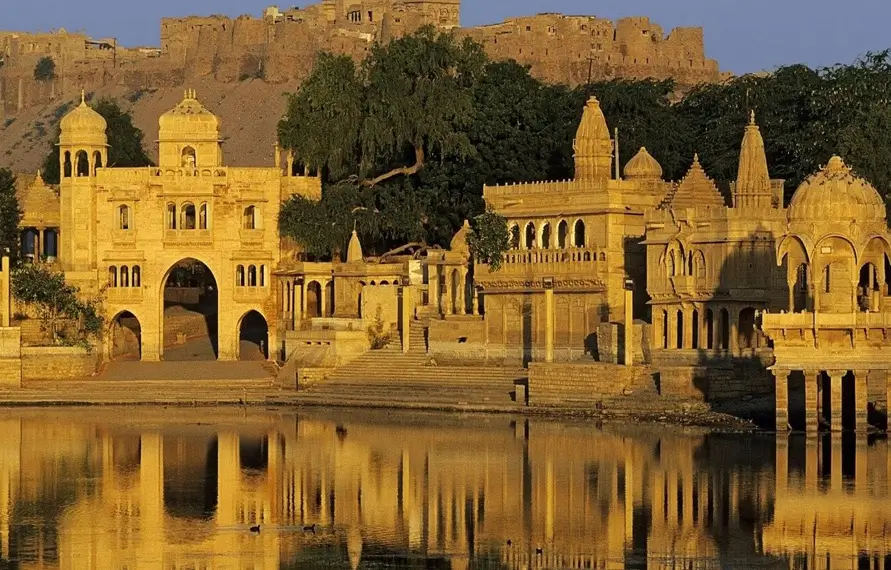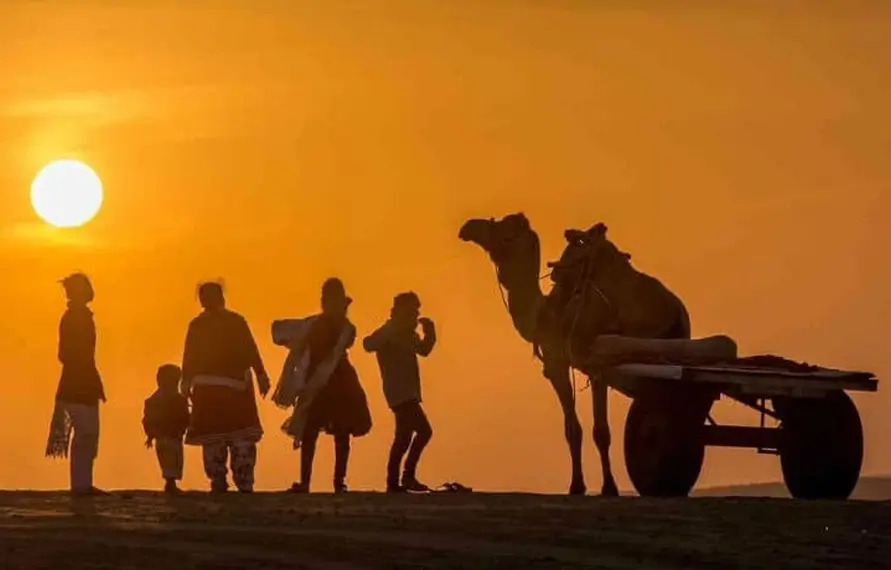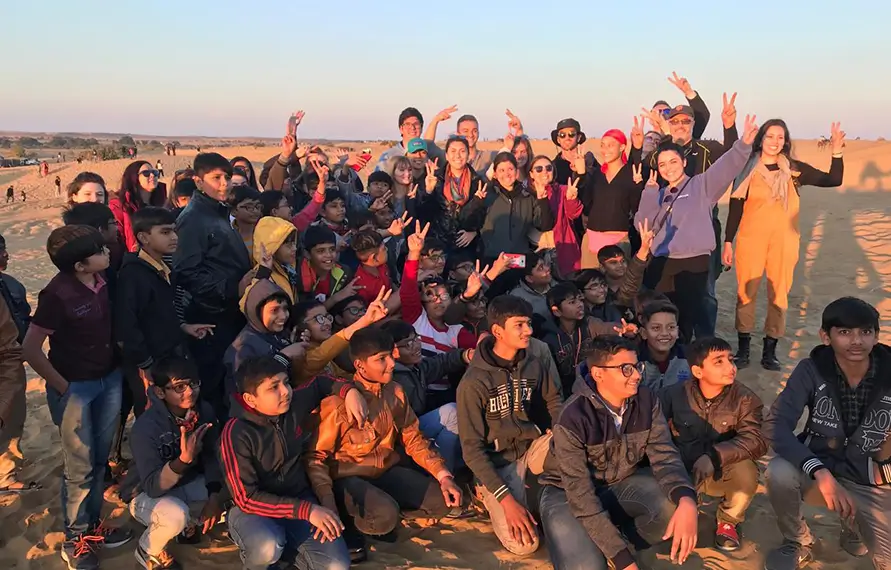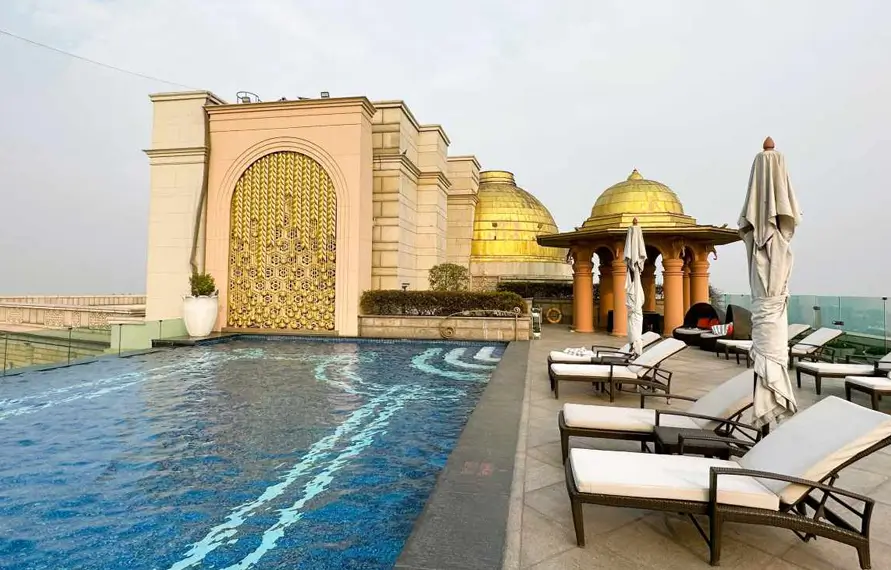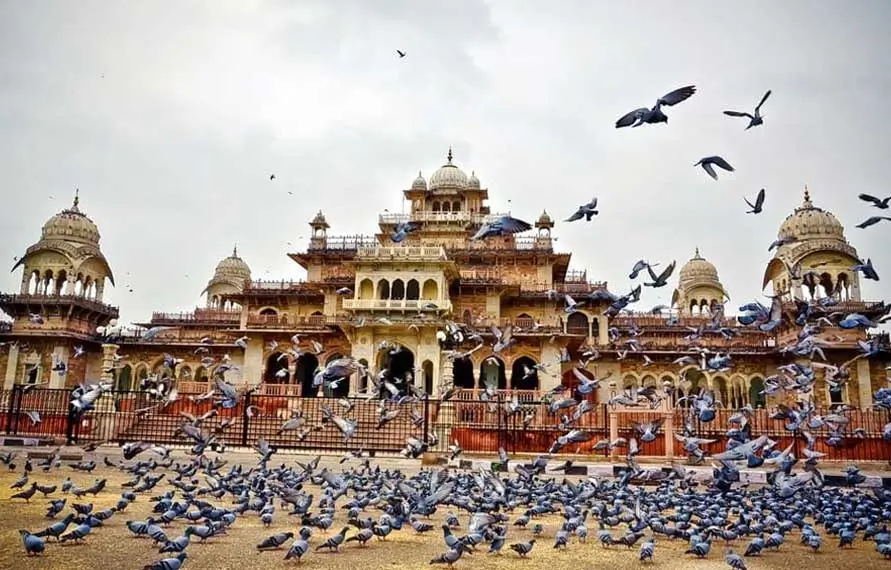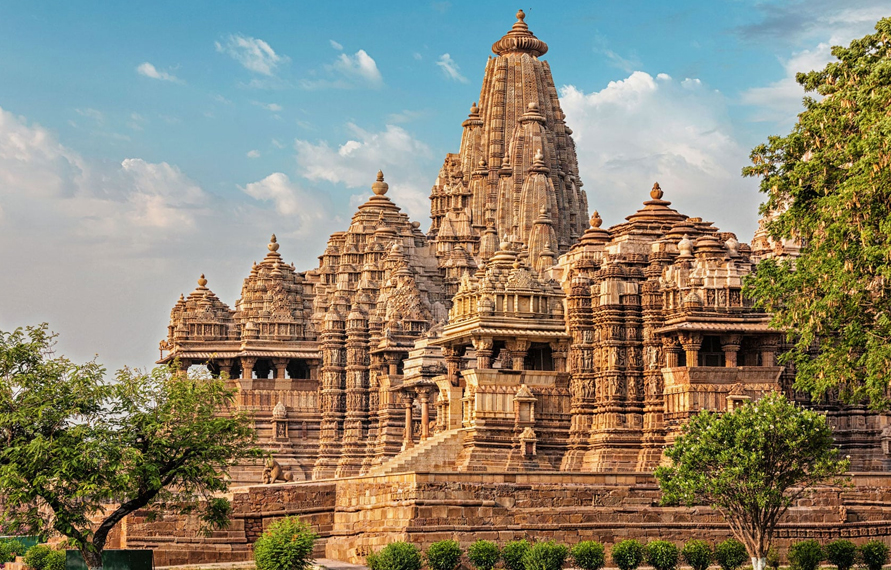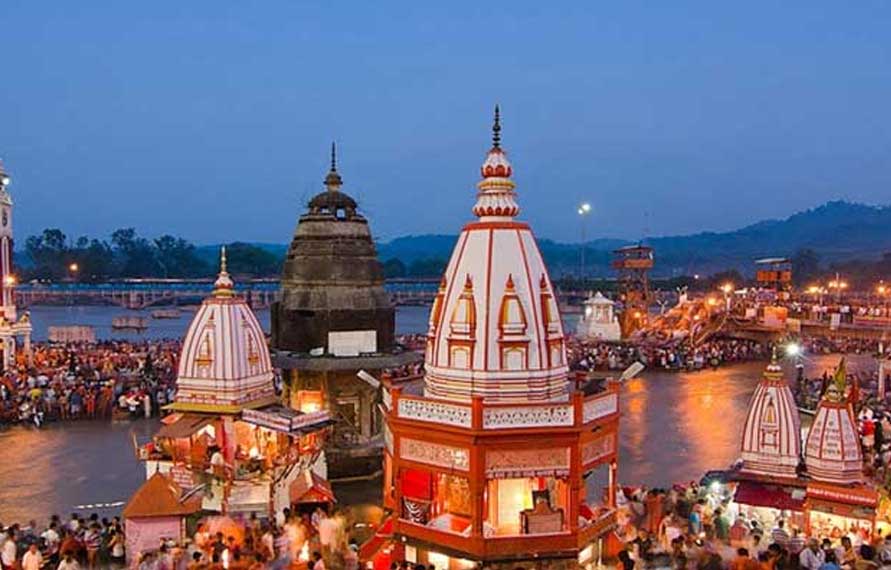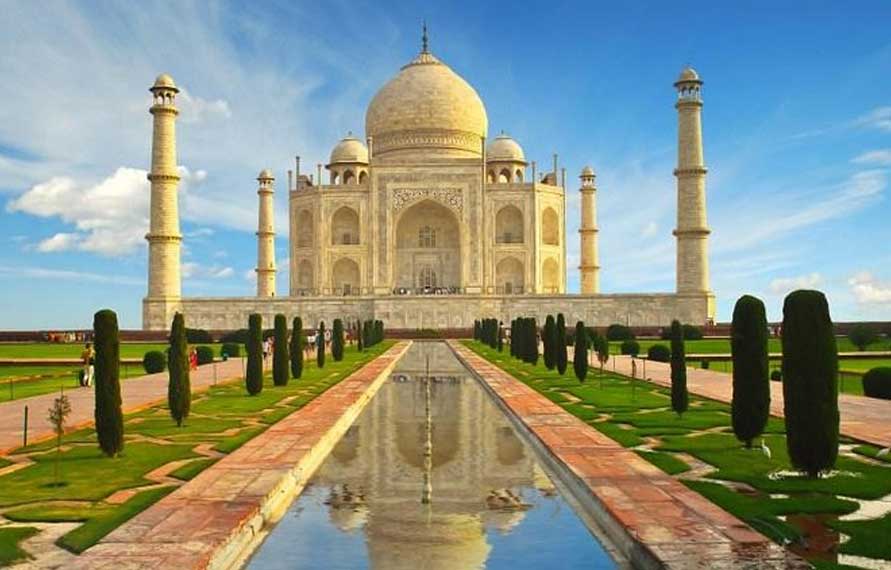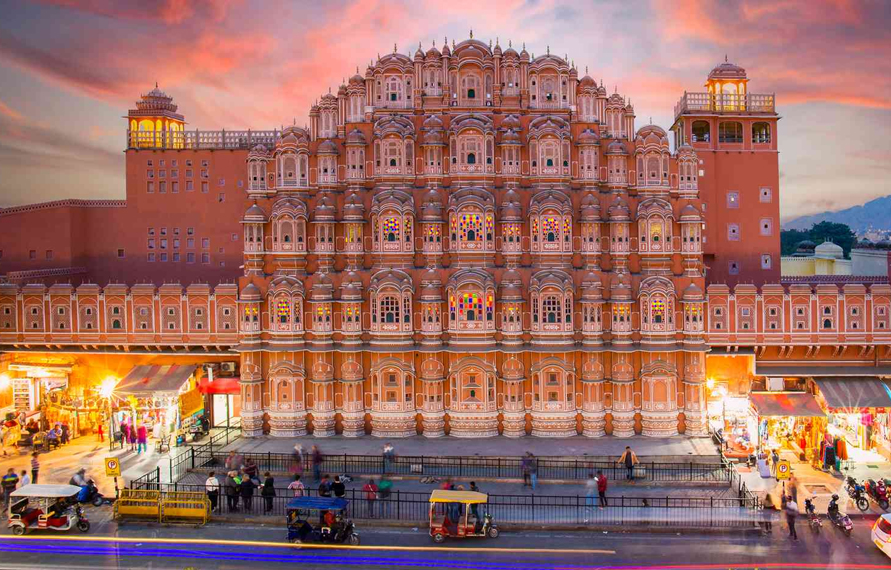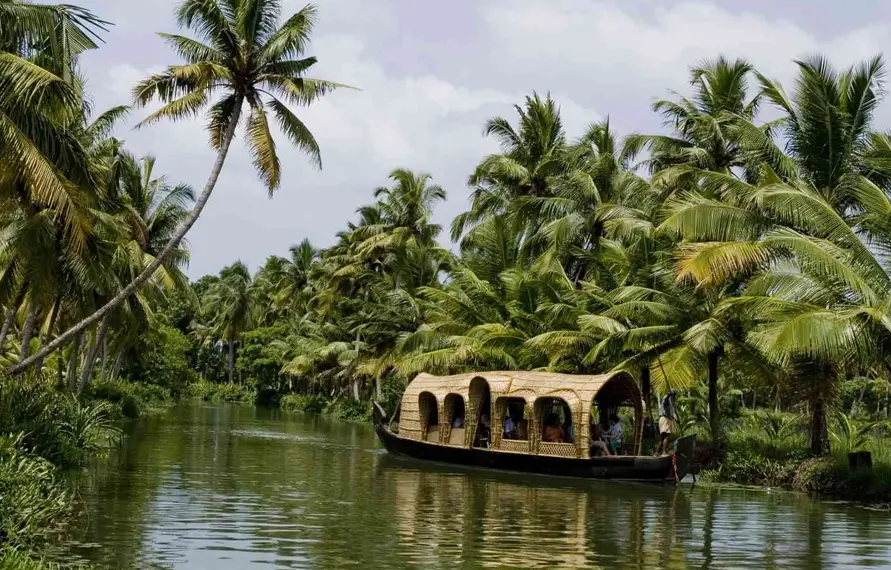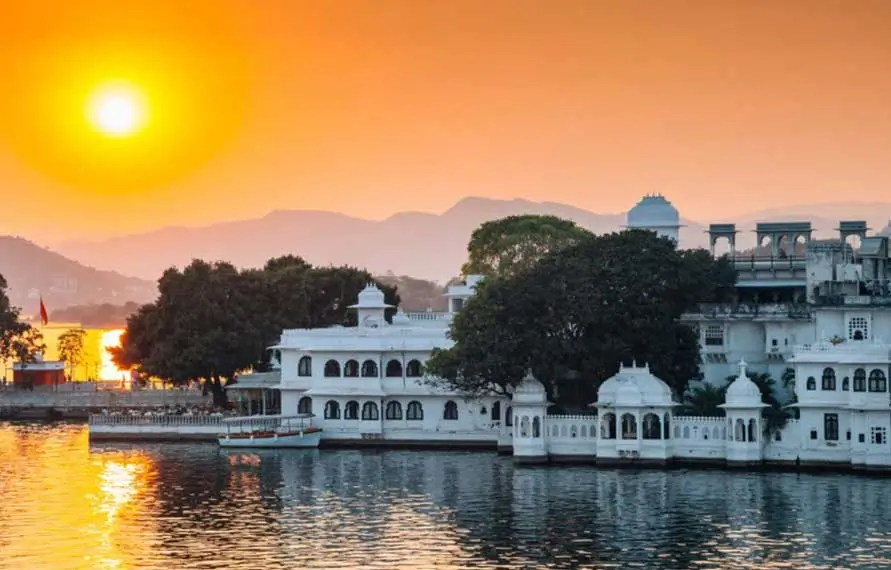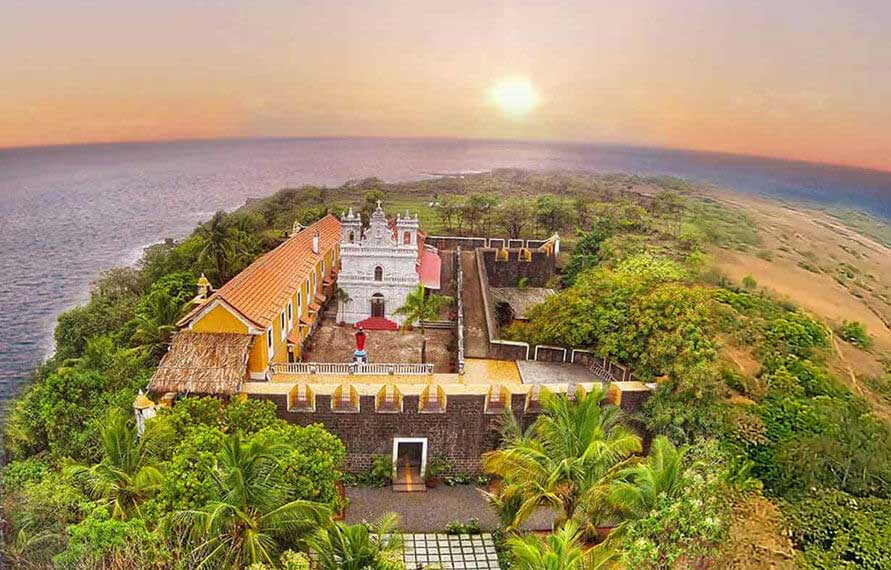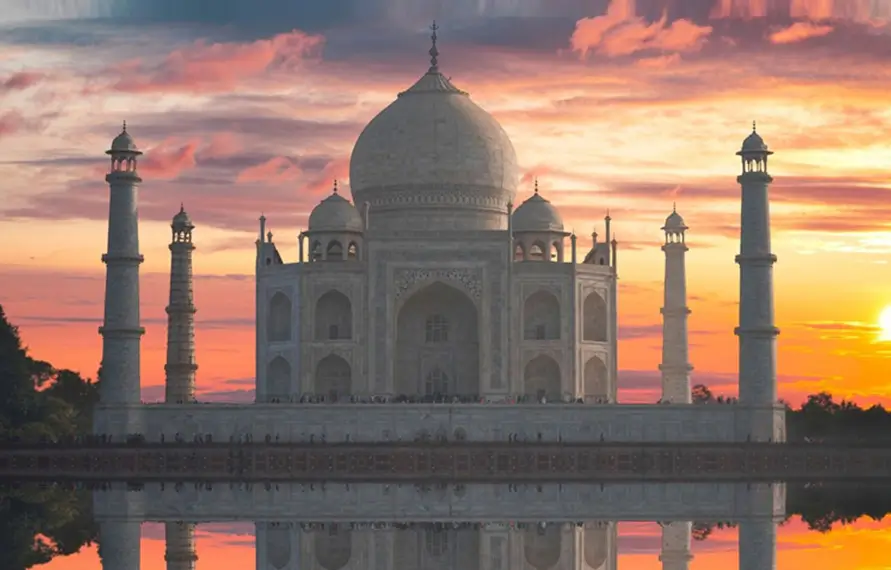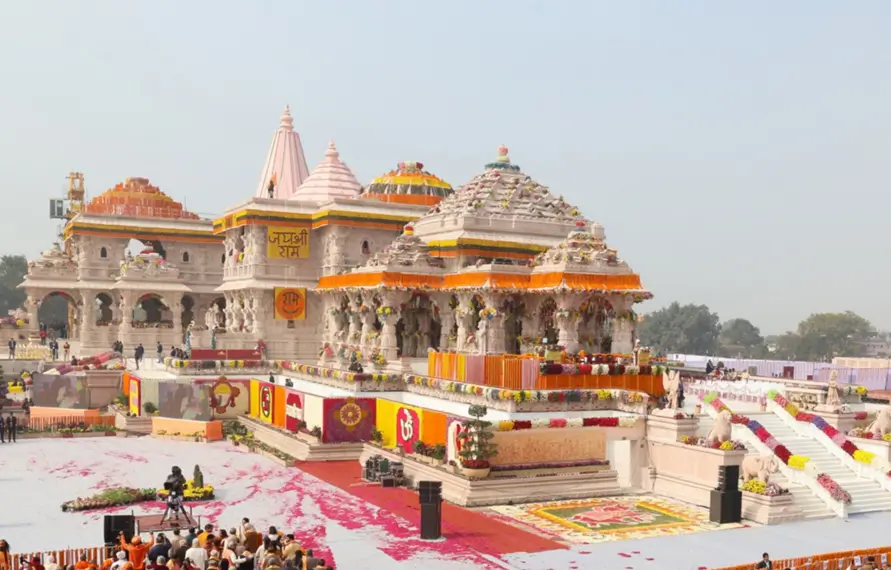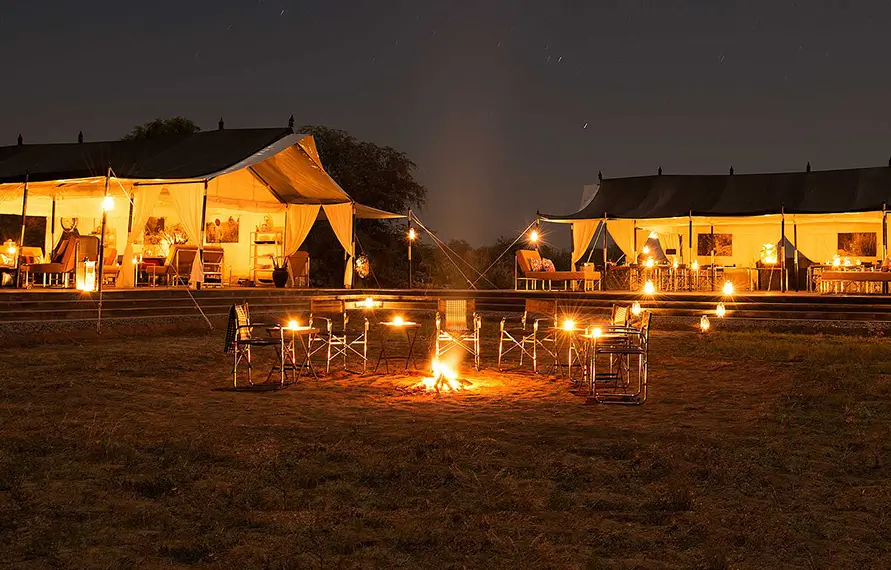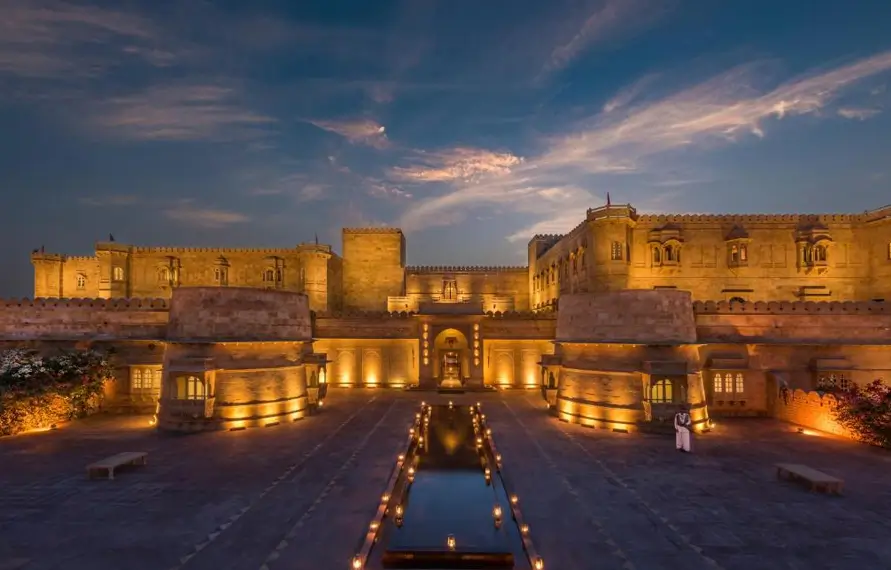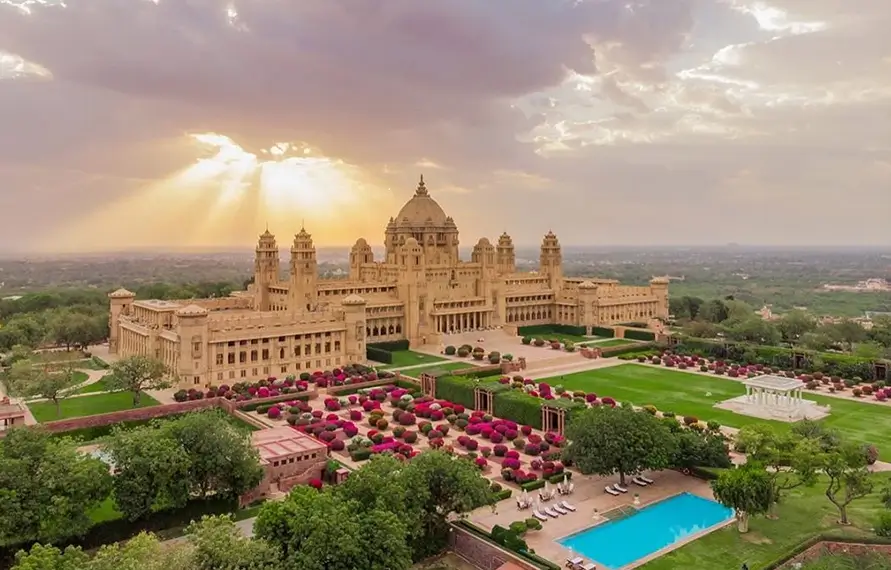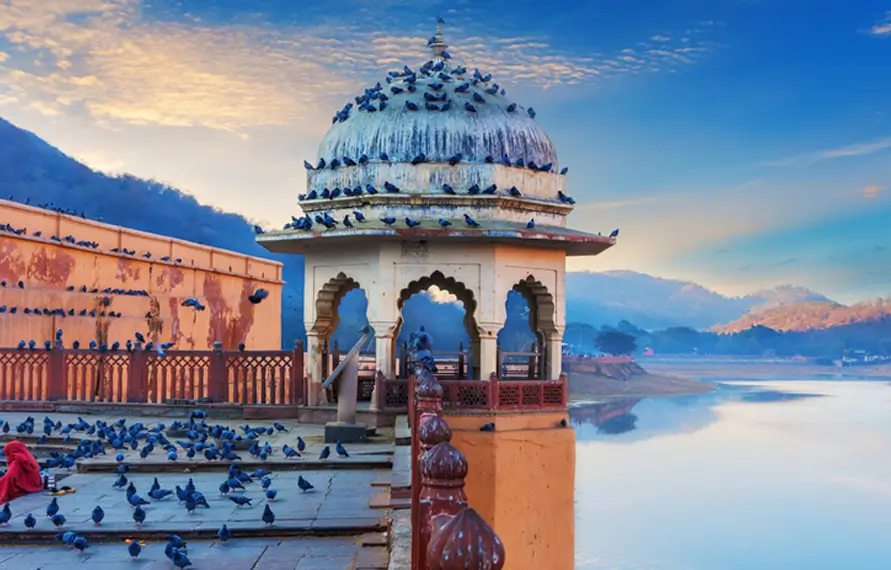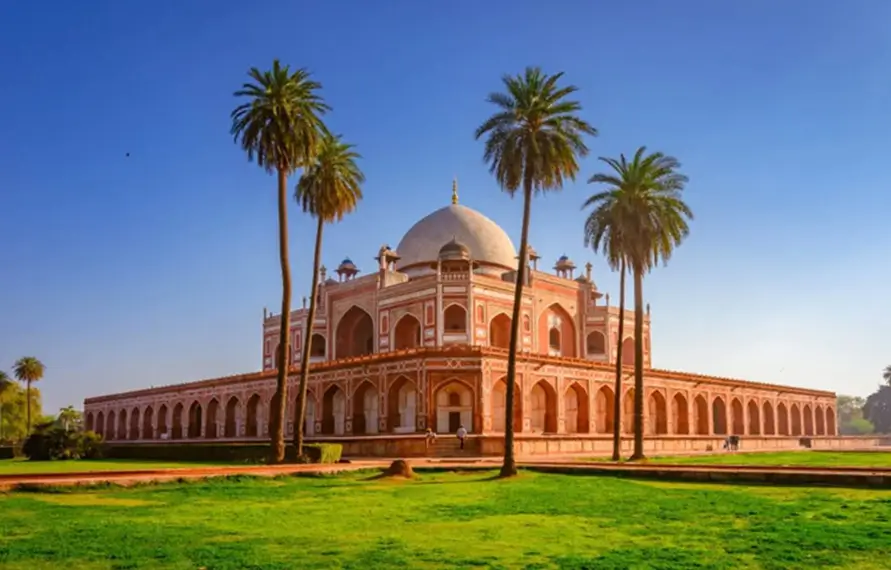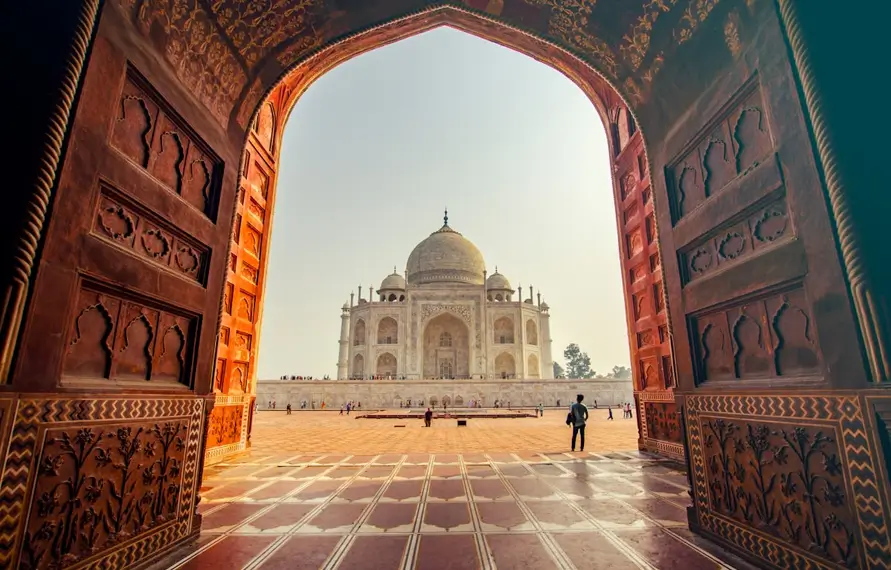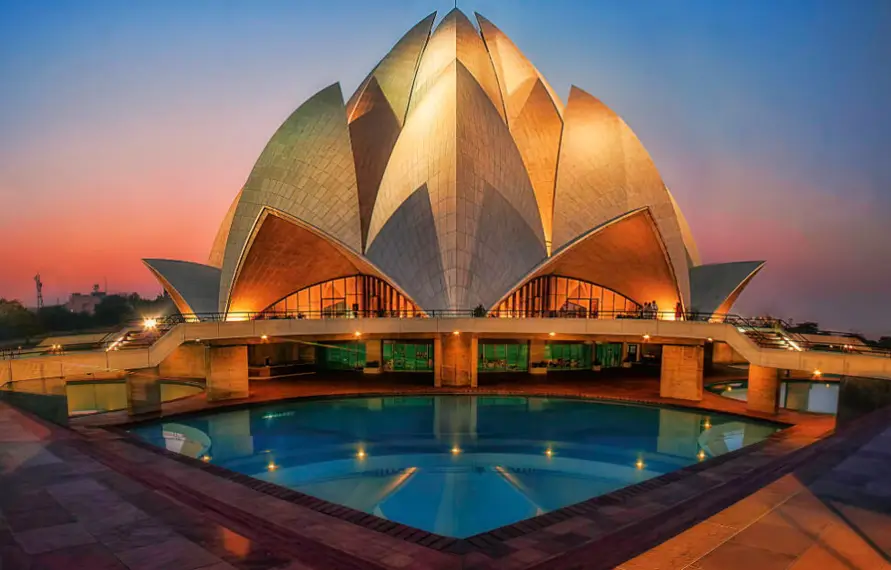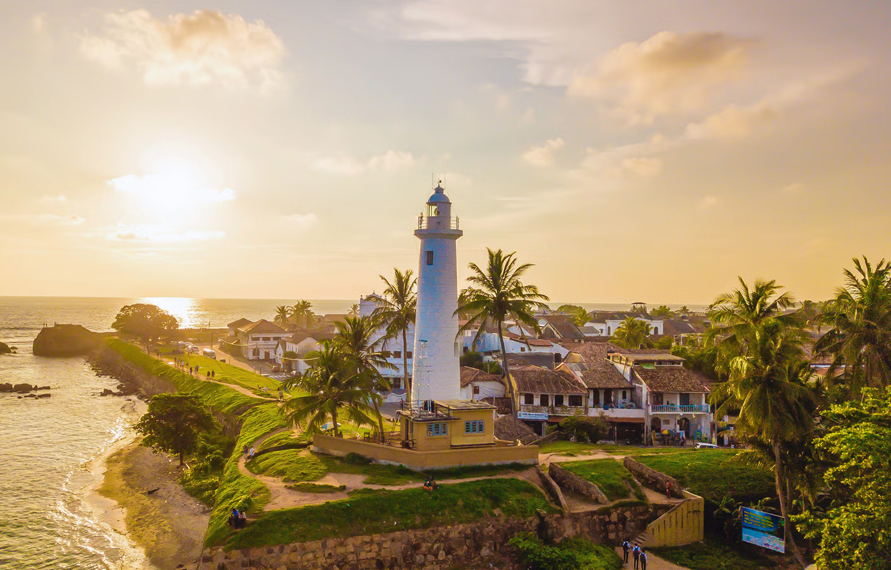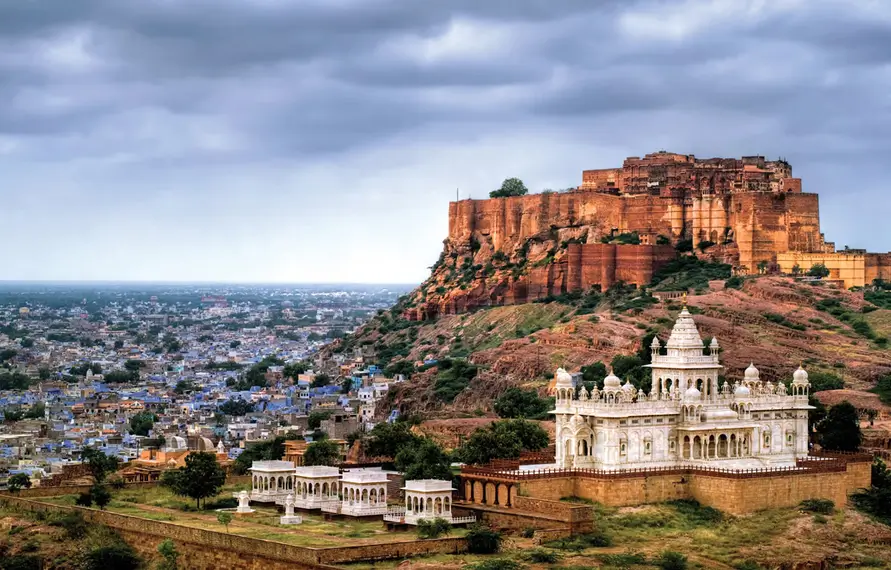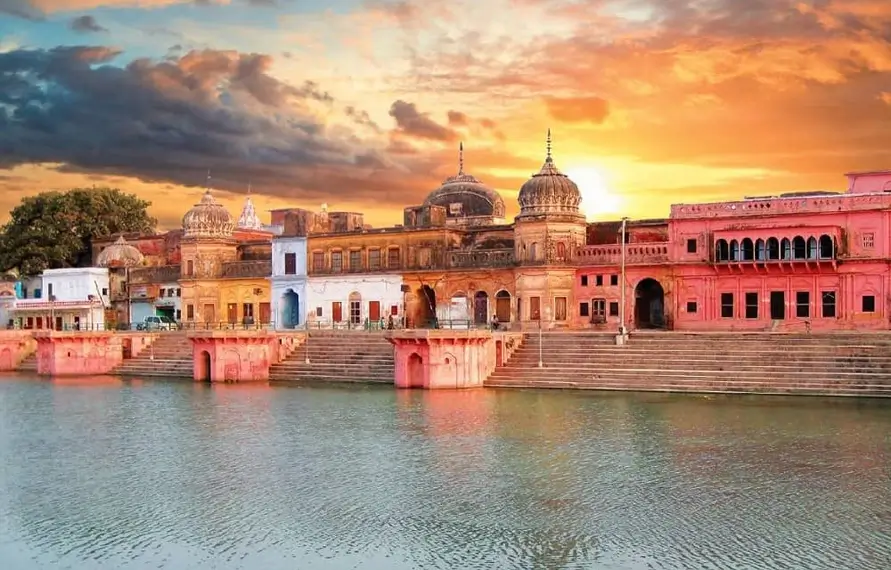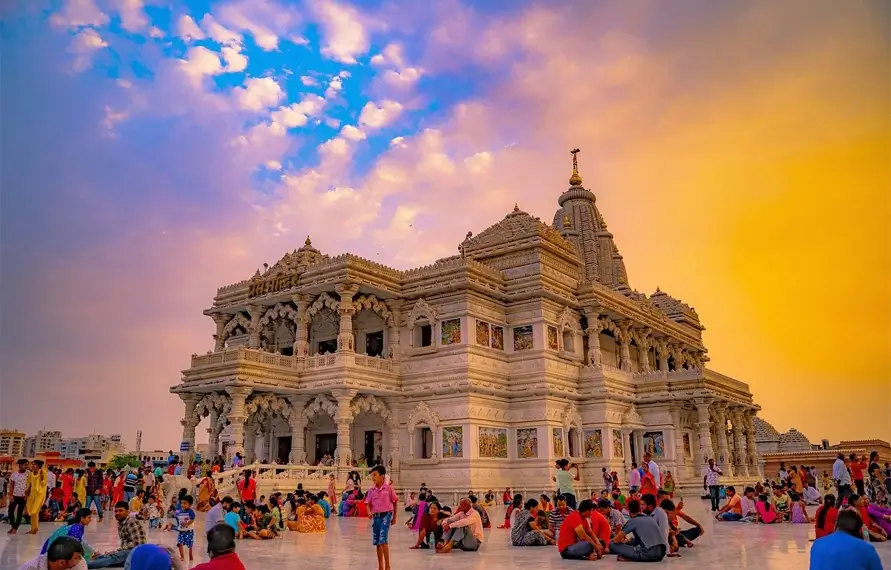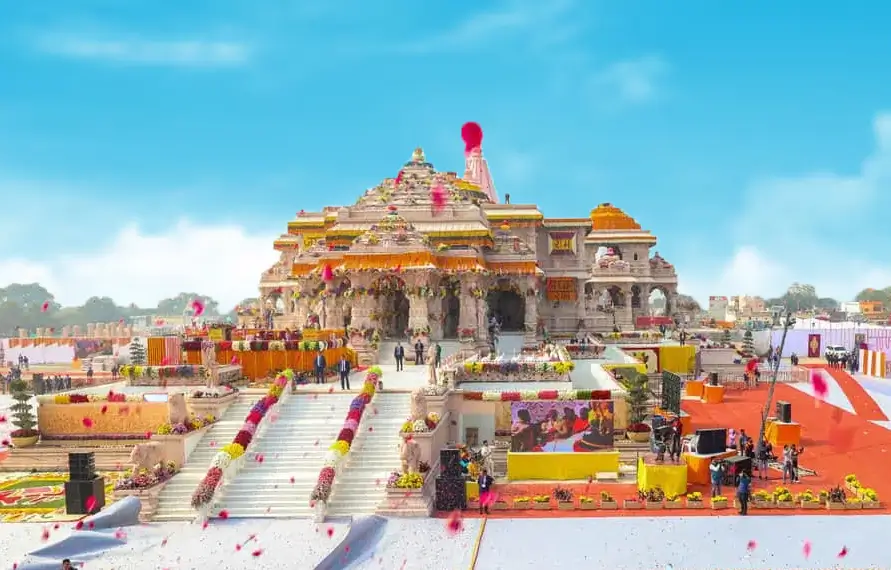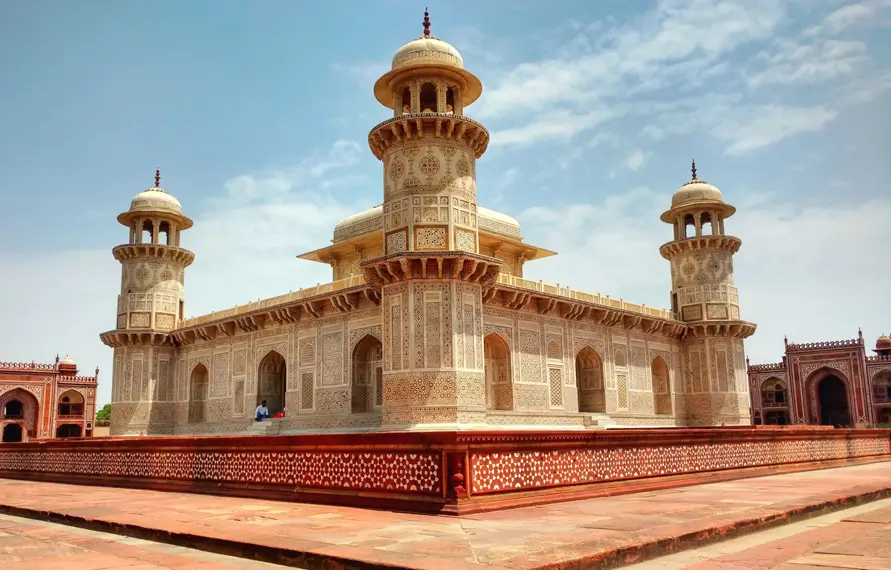Indian Currency Guide: Exchange Rates, Scams to Avoid & Best Payment Methods
India is a land of captivating contrasts—where centuries-old temples stand beside glittering skyscrapers, and where the fragrance of spices in a traditional bazaar drifts toward a luxury air-conditioned shopping mall. It’s a place where you might pay for your chai with coins one minute, and tap your card or scan a QR code the next. Amid all this diversity, one thing ties every experience together: the Indian rupee.
For every traveler, understanding the Indian rupee is more than just a logistical detail—it’s a way to travel smarter, safer, and with more confidence. Whether you're navigating currency exchange counters at the airport, bargaining for souvenirs in a Jaipur market, tipping your private driver, or swiping your credit card at a boutique hotel in Udaipur, your comfort with the Indian currency system can make a huge difference.
In this in-depth Indian currency guide, you’ll learn everything you need to confidently handle money during your journey—from current exchange rates and where to get rupees to the best payment methods accepted in India today. We’ll also cover common money scams, how to avoid them, the real cost of travel in India, the proper tipping etiquette, and even what to do with your leftover rupees at the end of your trip.
Whether you're a first-time visitor or a returning traveler, this guide ensures you're well-equipped to manage your money wisely and enjoy a hassle-free adventure across India.
What Currency Does India Use?
India’s official currency is the Indian Rupee, abbreviated as INR and symbolized as ₹. One rupee is divided into 100 paise. In daily use, you'll mostly encounter:
- Coins: ₹1, ₹2, ₹5, ₹10
- Notes: ₹10, ₹20, ₹50, ₹100, ₹200, ₹500, and the now rarely used ₹2000
Important tip: The ₹1000 note was demonetized in 2016 and is no longer valid. Always check for fresh, untorn notes as damaged currency may not be accepted in smaller shops.
Indian Rupee Exchange Rate (As of June 2025)
|
Currency
|
Value in INR
|
| 1 US Dollar (USD) |
₹85.79 |
| 1 British Pound (GBP) |
₹116.39 |
| 1 Euro (EUR) |
₹98.00 |
| 1 Australian Dollar |
₹55.79 |
| 1 Canadian Dollar |
₹62.77 |
| 1 New Zealand Dollar |
₹51.79 |
Note: Rates fluctuate daily. Always check a trusted forex source or use a currency converter app before exchange.
Can I Take Rupees to India?
Foreigners can legally bring up to ₹25,000 in cash when entering India. If you’re carrying more than that, it must be declared at customs. However, many tourists find it easier to bring foreign currency (like USD or EUR) and exchange it after arrival.
Can I Take Foreign Currency into India?
Yes. You can bring:
- Up to $5,000 USD in notes and coins, or
- Up to $10,000 USD including traveler’s cheques, without declaring it
Above this amount, you’ll need to file a customs declaration form upon arrival.
What Is the Best Currency to Take to India?
The most commonly accepted currencies in India for exchange are:
- US Dollar (USD)
- British Pound (GBP)
- Euro (EUR)
If your home currency isn’t widely accepted, it's best to convert it to USD before your trip for a better exchange rate. Bringing a mix of cash, card, and a travel wallet is ideal.
How to Get Rupees in India
There are several ways to get rupees during your trip:
1. ATMs in India
- Widely available in airports, urban areas, and banks
- Accepts Visa, MasterCard, Cirrus, and Maestro
- Withdrawal limit ranges from ₹2,000 to ₹10,000 per transaction
- ATM fee: ₹150–₹300 (~$2–$4)
Tip: Use ATMs during the day in secure locations. Avoid standalone ATMs at night.
2. Currency Exchange Counters
- Found at airports, hotels, malls, and licensed money changers
- Airport rates may be lower—only exchange a small amount on arrival
- Always ask for a receipt
3. Hotels
- Some mid-range and luxury hotels offer exchange services
- Not all give competitive rates, but it’s convenient and safe
Common Currency Scams in India
While most Indians are honest and helpful, it’s important to be aware of these common currency scams:
- Switch scam: You hand over $100, they say it’s torn or old, and give you back a fake one
- Tampered ATMs: Avoid shady ATMs—use only at official banks
- Fake notes: Always check watermarks and security threads
- "Closed" Exchange Booth Scam: Someone may claim a booth is closed and redirect you to an unauthorized one
Always exchange currency with licensed providers, keep receipts, and double-check your notes.
Best Payment Methods in India for Foreigners
India is quickly becoming a digital-first economy. While cash is still king in rural or small setups, cards and apps work well in cities.
Credit & Debit Cards
- Accepted widely in hotels, malls, restaurants
- Visa and MasterCard are most common
- American Express has limited acceptance
- Card fraud is rare but still avoid handing cards to unknown people
Forex & Travel Cards
- Reloadable cards in USD/GBP/EUR that can be swiped in INR
- Great for managing daily budgets without currency fluctuation
UPI Payments in India
UPI (Unified Payments Interface) apps like Google Pay, PhonePe, Paytm are everywhere—but foreigners cannot use them without an Indian bank account and SIM card.
Some international banks are starting to partner with UPI, so this may change soon.
How to Bargain in India Like a Local
Bargaining is part of Indian shopping culture, especially in street markets. Here's how to do it:
- Start at 40–50% of quoted price
- Stay polite but firm
- Walk away if not happy—often, the price drops
- Smile—it’s a game, not a fight
Best places to bargain:
- Delhi’s Chandni Chowk
- Jaipur’s Johari Bazaar
- Goa’s flea markets
What to Do with Leftover Rupees?
By law, you can take up to ₹25,000 when leaving India. Here’s what to do with extra cash:
- Spend at airport duty-free shops
- Exchange back at airport counters (keep receipts)
- Donate or tip it before departure
- Keep some as souvenirs!
Smart Apps & Tools for Money Management
Before you land in India, install:
- XE Currency App – for real-time exchange rates
- ATM Locator – Google Maps works well
- Wise or Revolut – if you want to transfer/send funds digitally
How We Help at Top Indian Holidays
When you book your tour with Top Indian Holidays, we go beyond transport and hotels:
- We guide you on safe exchange options
- Our drivers help you find trustworthy ATMs
- We provide 24/7 support if you lose a card or need help with cash
- We ensure no vendor overcharges you
Quick Checklist for Currency & Payments in India
- Carry small denominations of rupees
- Use ATMs at bank branches only
- Never exchange money on the street
- Inform your bank before travel
- Keep some backup USD or EUR
- Use cards only where secure
- Avoid damaged or old notes
Understanding the Indian Rupee: A Symbol of History & Identity
The Indian rupee (₹), beyond being a currency, represents India’s economic story and cultural heritage. It features images of national leaders, UNESCO monuments like the Taj Mahal, and symbols from Indian languages. The design of each rupee note is multilayered, combining traditional motifs with security features like see-through registration marks and color-changing ink.
Fun fact: The word “rupee” is derived from the Sanskrit word rūpya, meaning “wrought silver.” Today, while coins are less commonly used in urban areas, they remain functional in local trains, temples, and village shops.
More Tips to Stay Safe While Using Indian Currency
India is largely a safe destination for money use, but a few precautions go a long way:
- Never accept torn or damaged rupee notes, as small vendors may reject them.
- Be aware of "note switch" scams where counterfeit bills may be swapped during change.
- When withdrawing from ATMs, shield your PIN and avoid using machines that seem tampered with.
- Avoid exchanging currency on the street—even if the rate sounds attractive.
Your Indian rupee should work for you, not stress you. That’s why we recommend carrying a mix of denominations like ₹100 and ₹500 for convenience, and keeping some emergency USD or EUR hidden in your luggage.
Bonus Tip: Real India Costs (Rupee Breakdown)
To help you understand how far your rupees can go, here’s an example breakdown:
- Street food lunch: ₹100–₹200
- Local taxi ride (5 km): ₹150–₹250
- Entry to Taj Mahal: ₹1300 (foreigner ticket)
- Guided day tour in Jaipur: ₹2000–₹3500
- Mid-range hotel: ₹2500–₹4000/night
Confused About Indian Currency? Let Us Help!
Planning your India trip and unsure about the currency? Whether it’s about exchanging money, understanding denominations, or avoiding hidden fees — we’re just a message away!
Chat Now on WhatsApp



